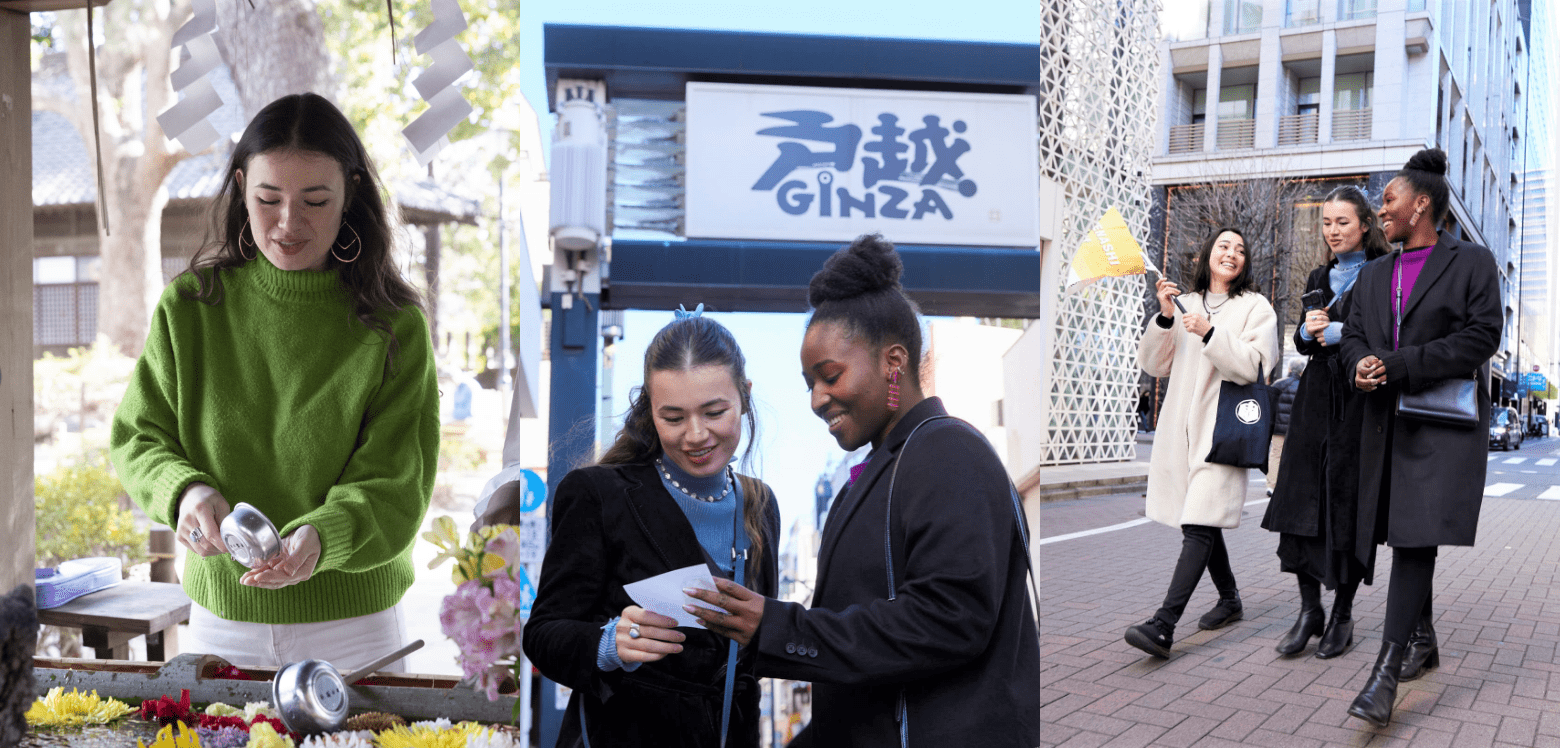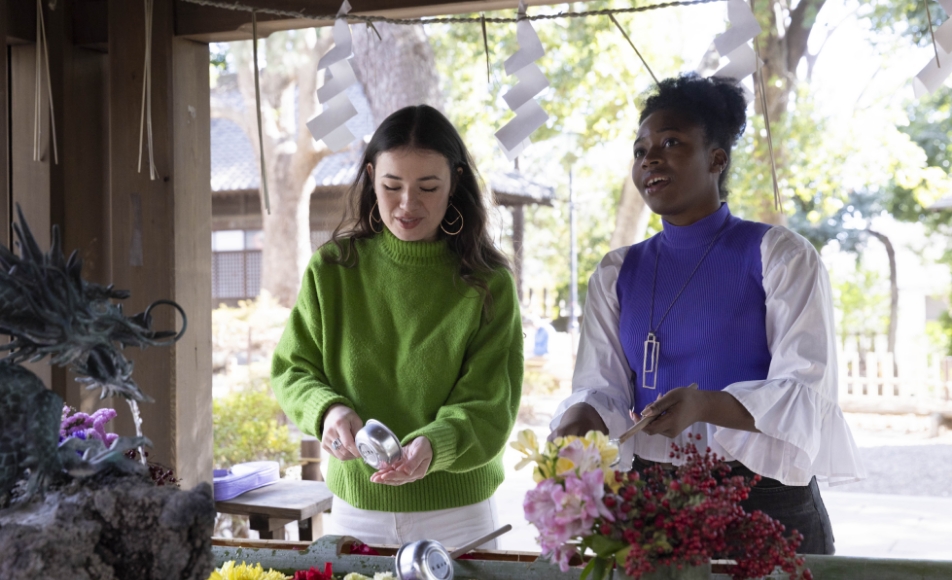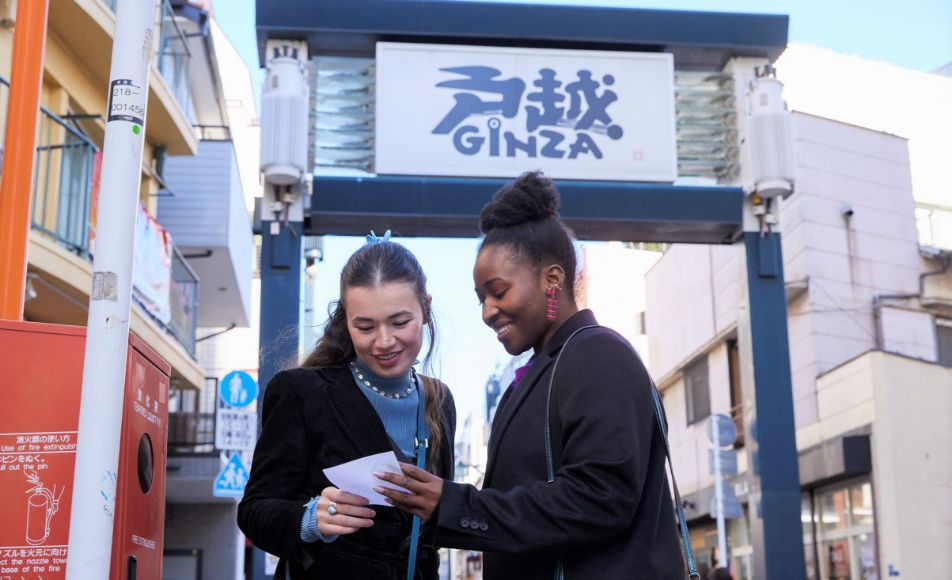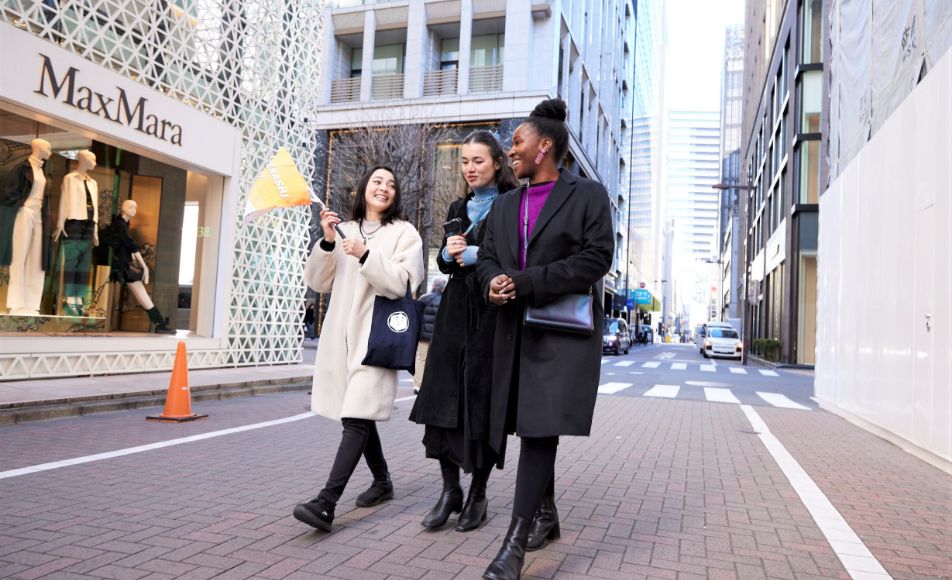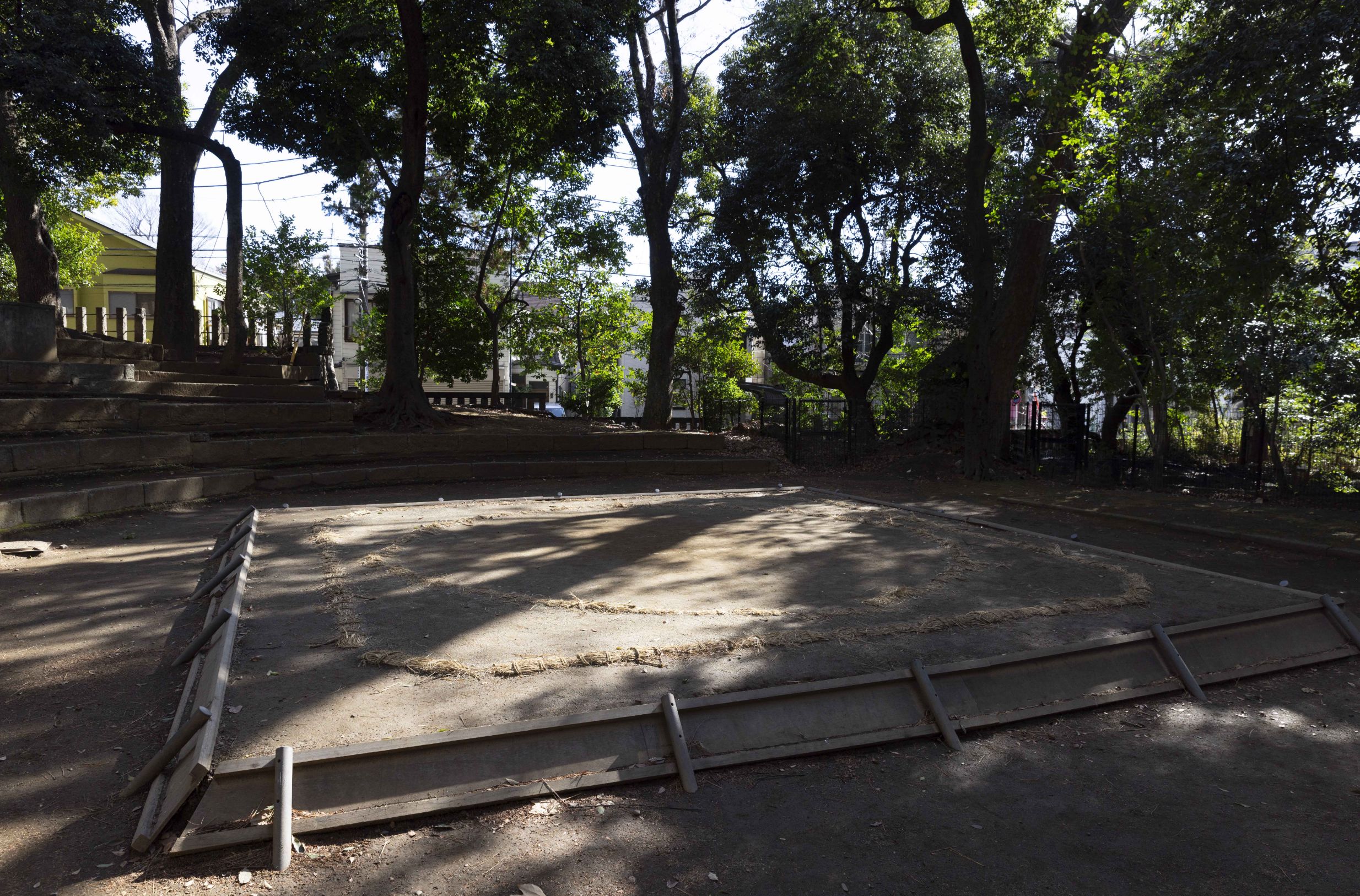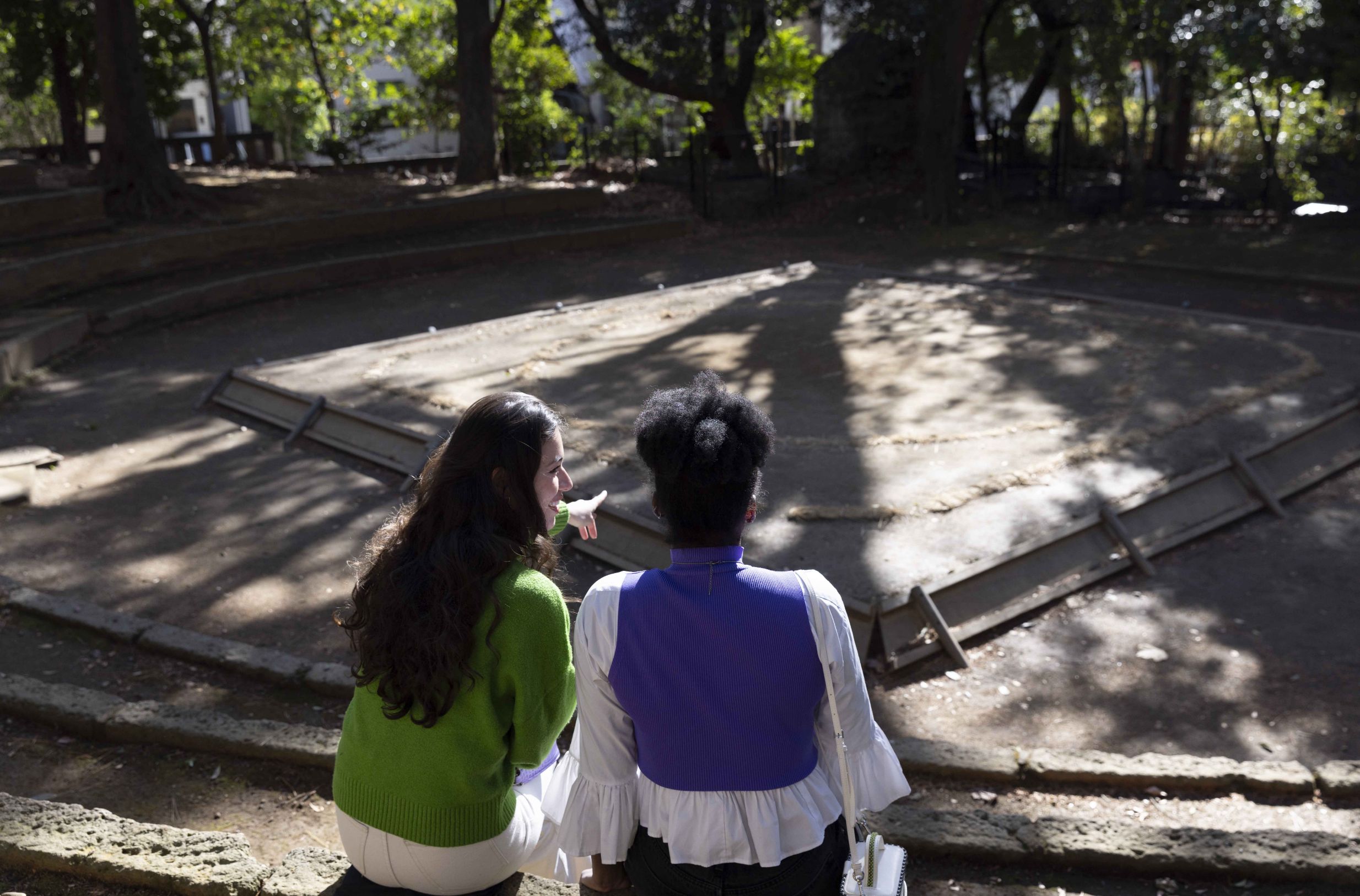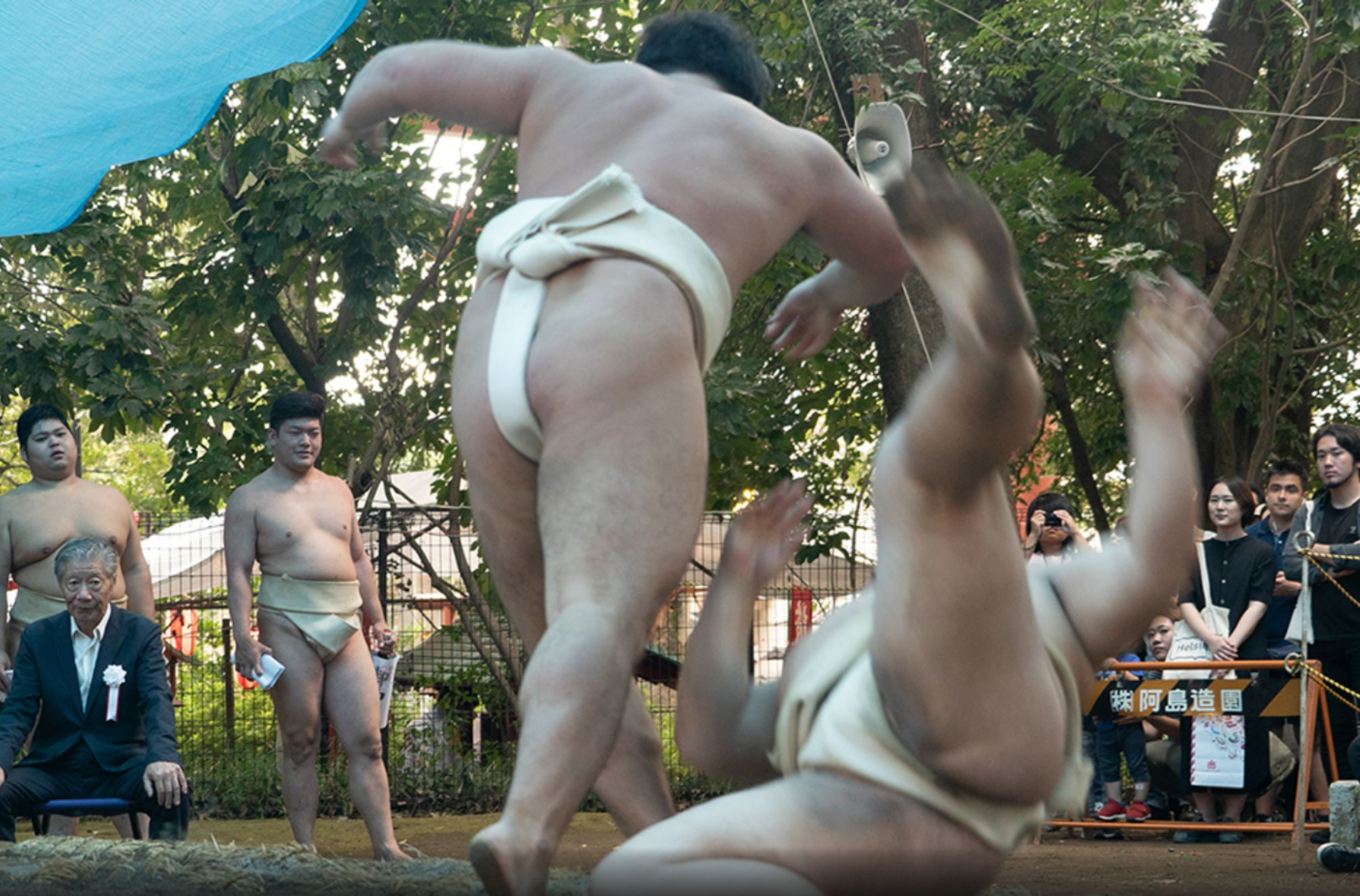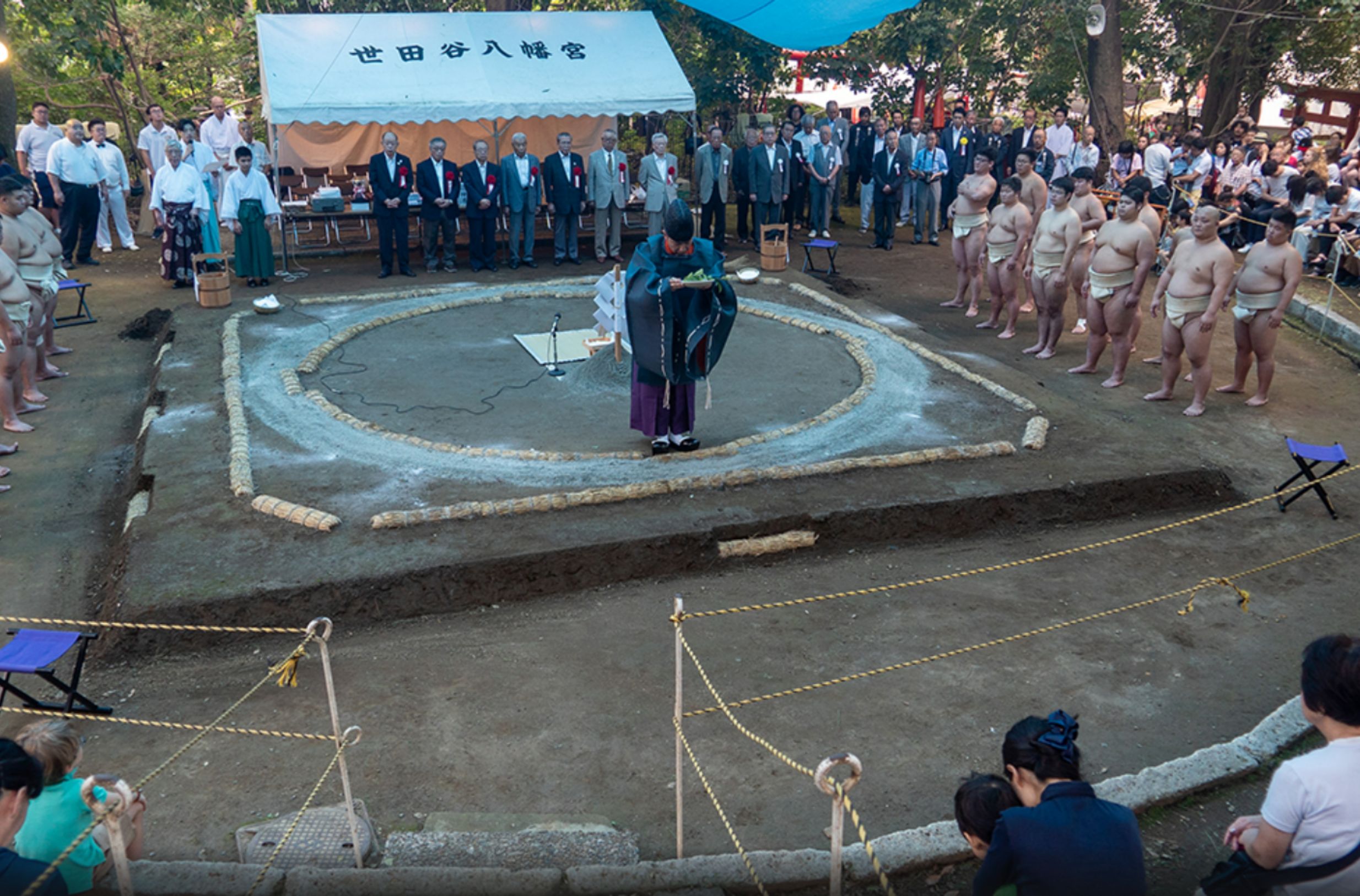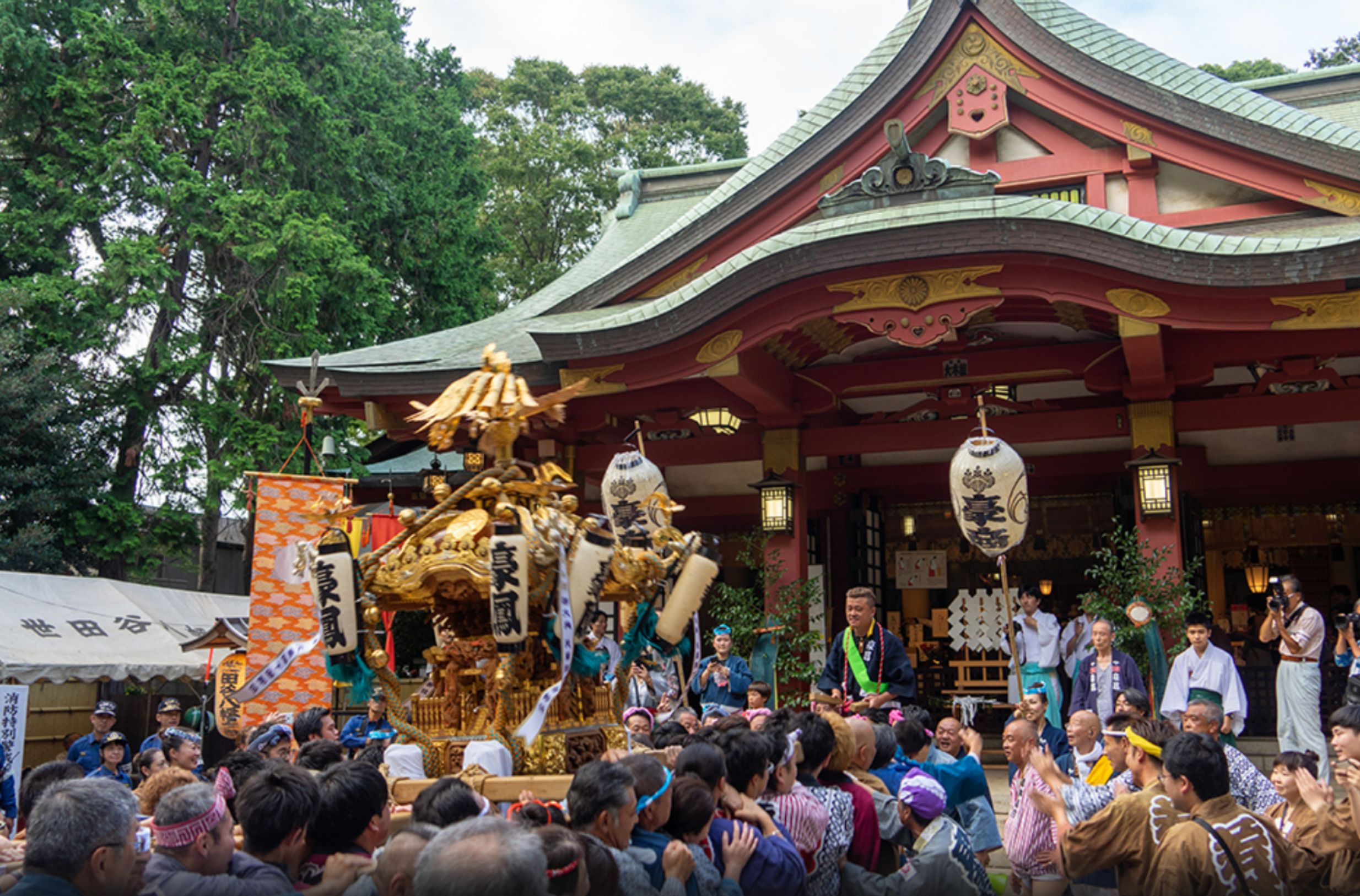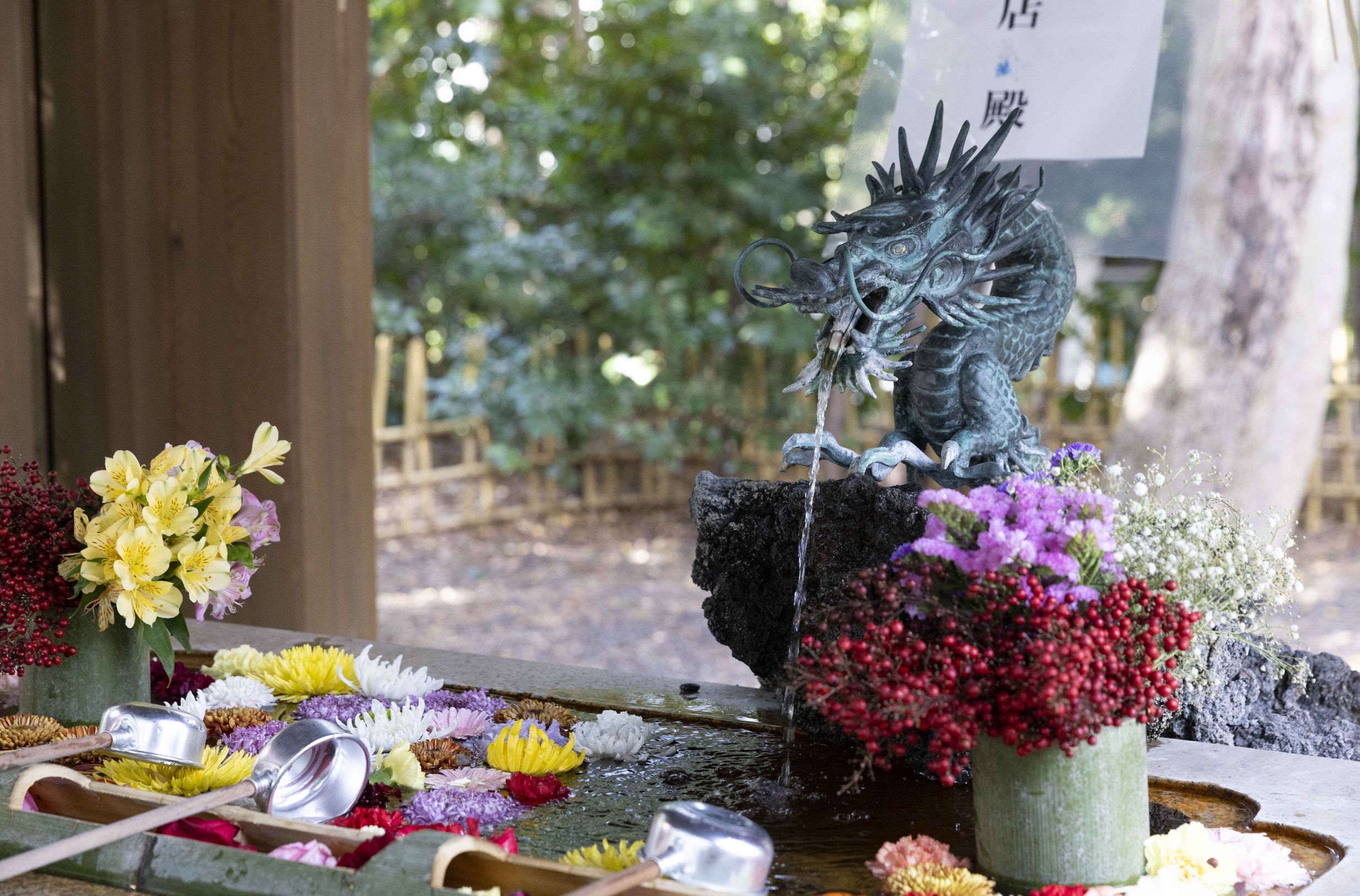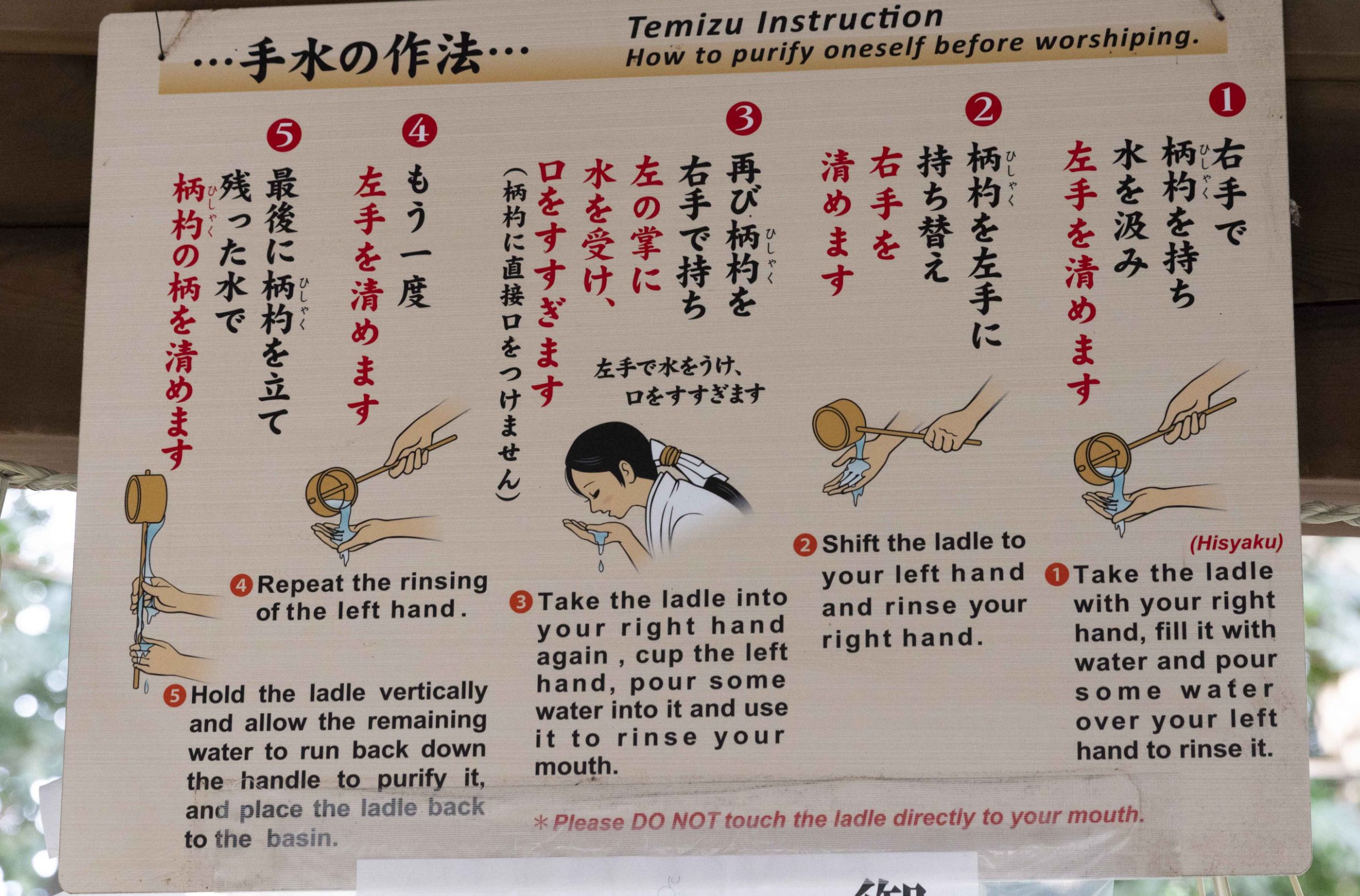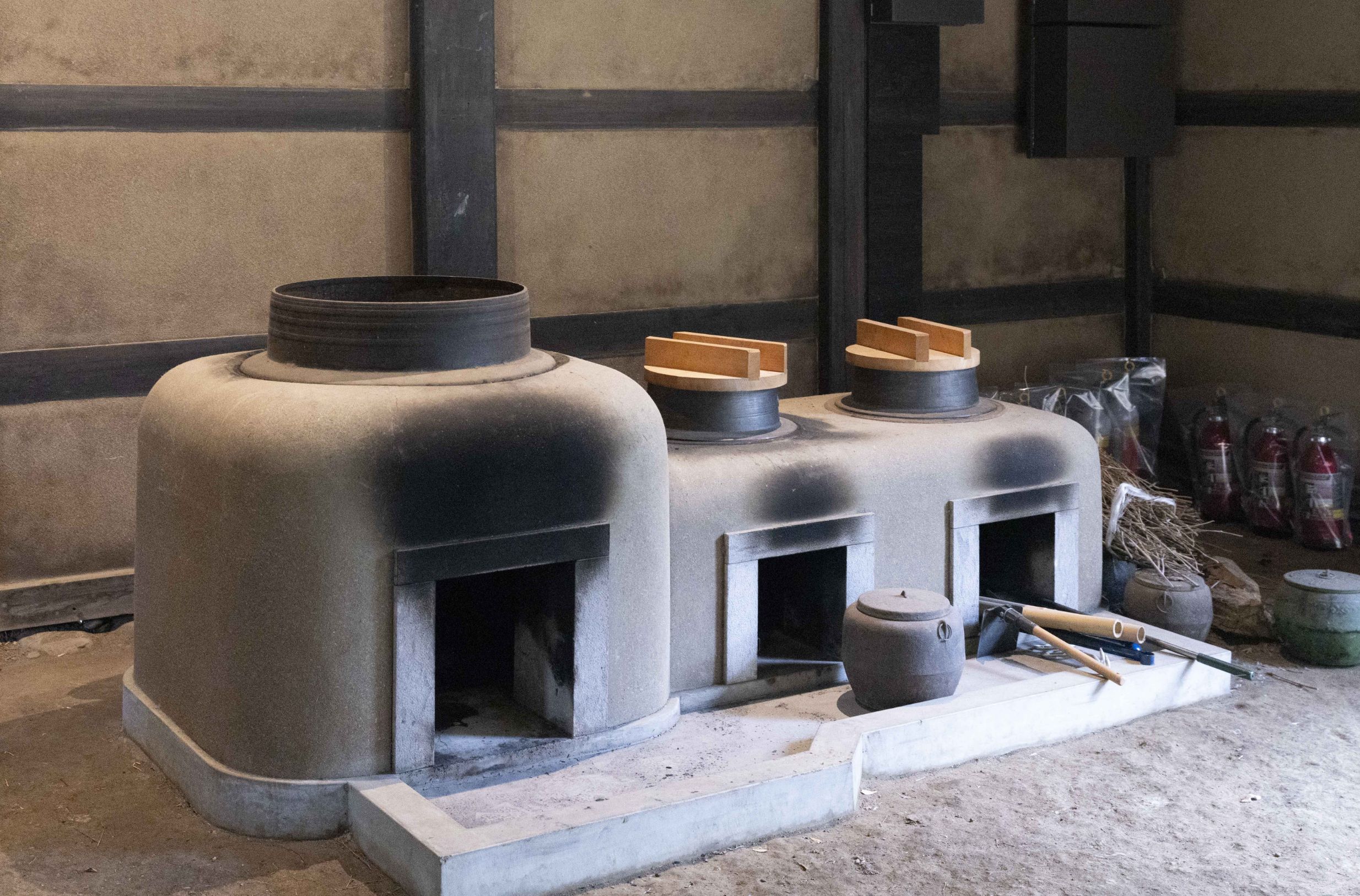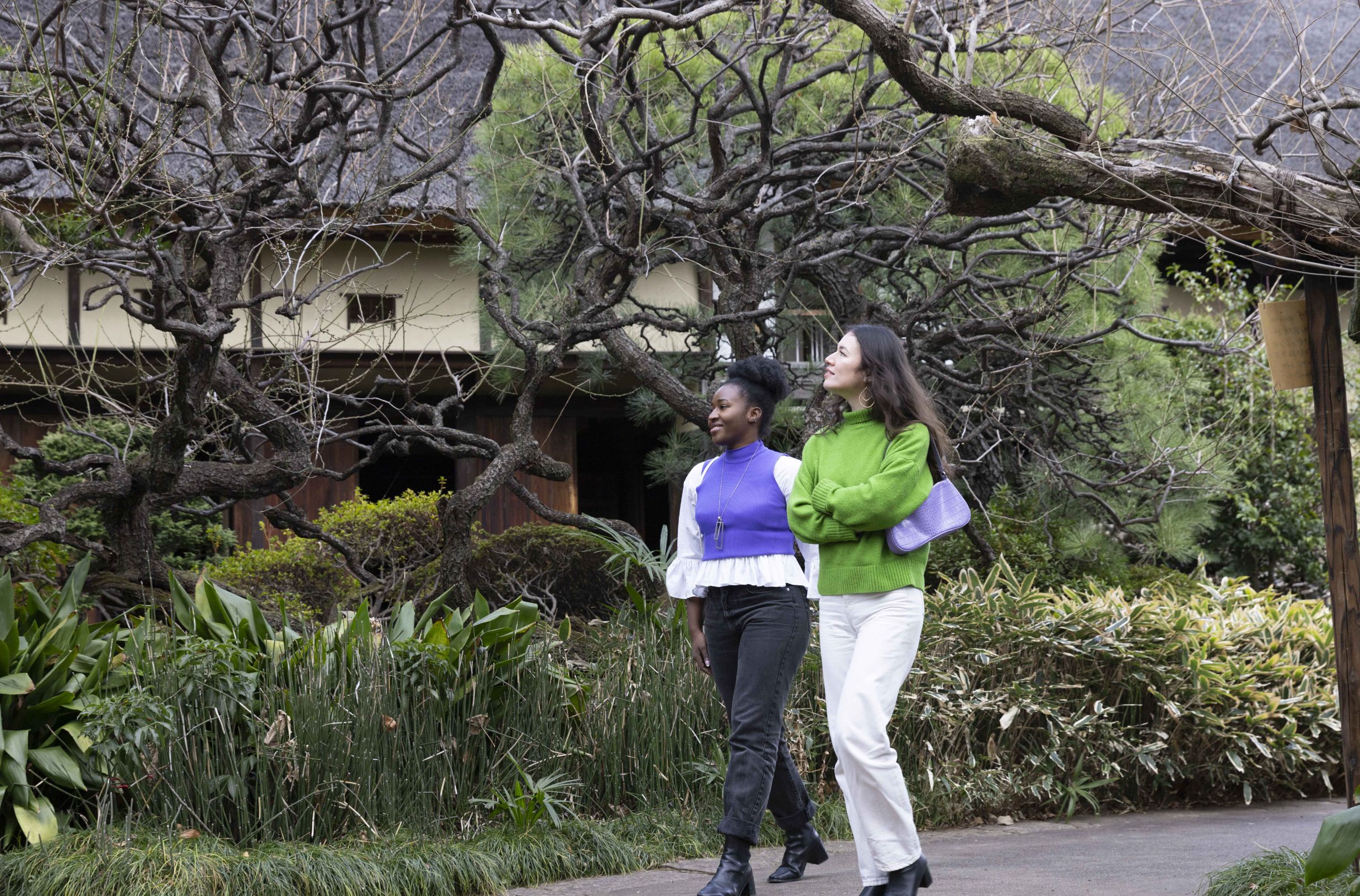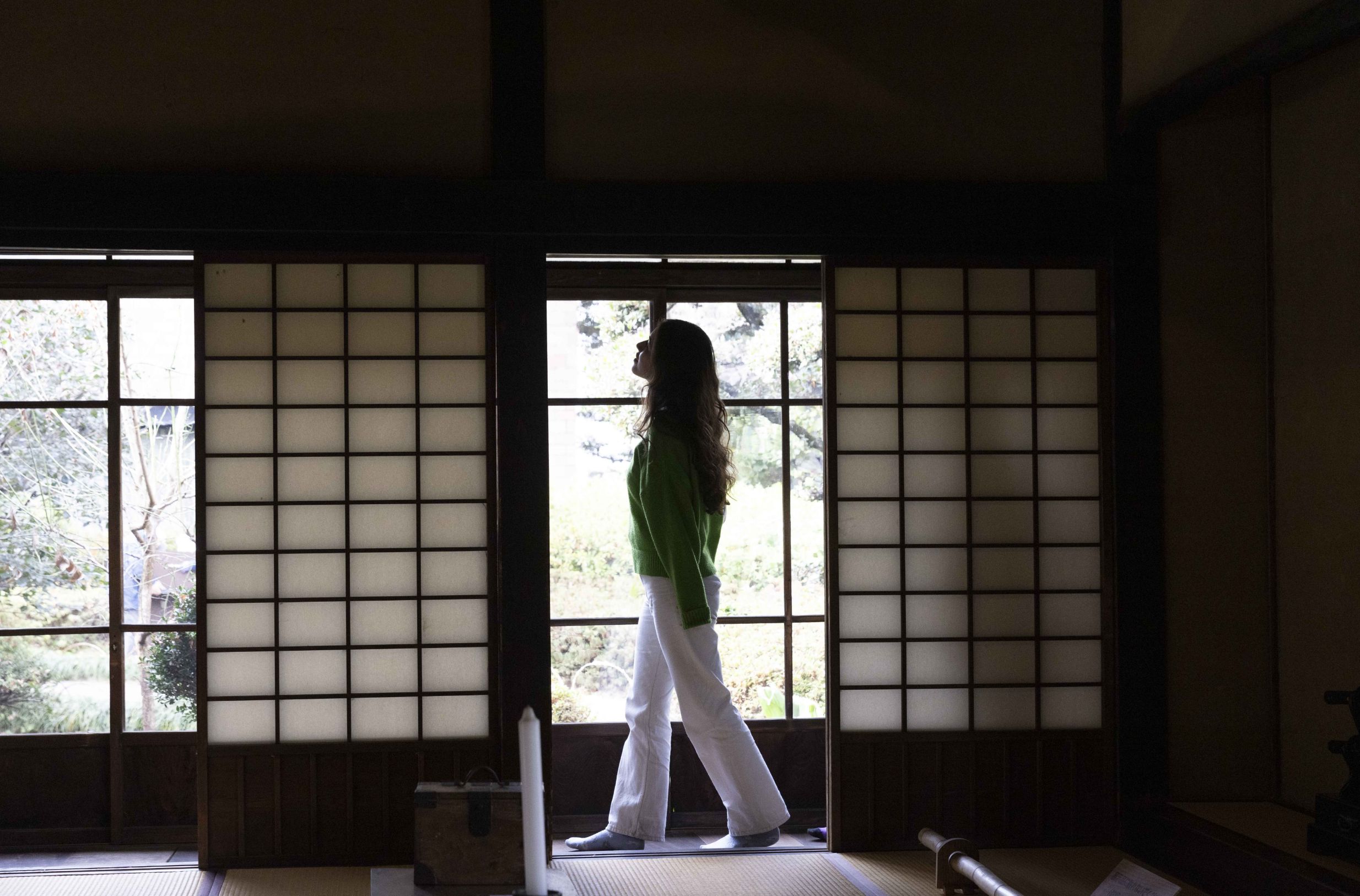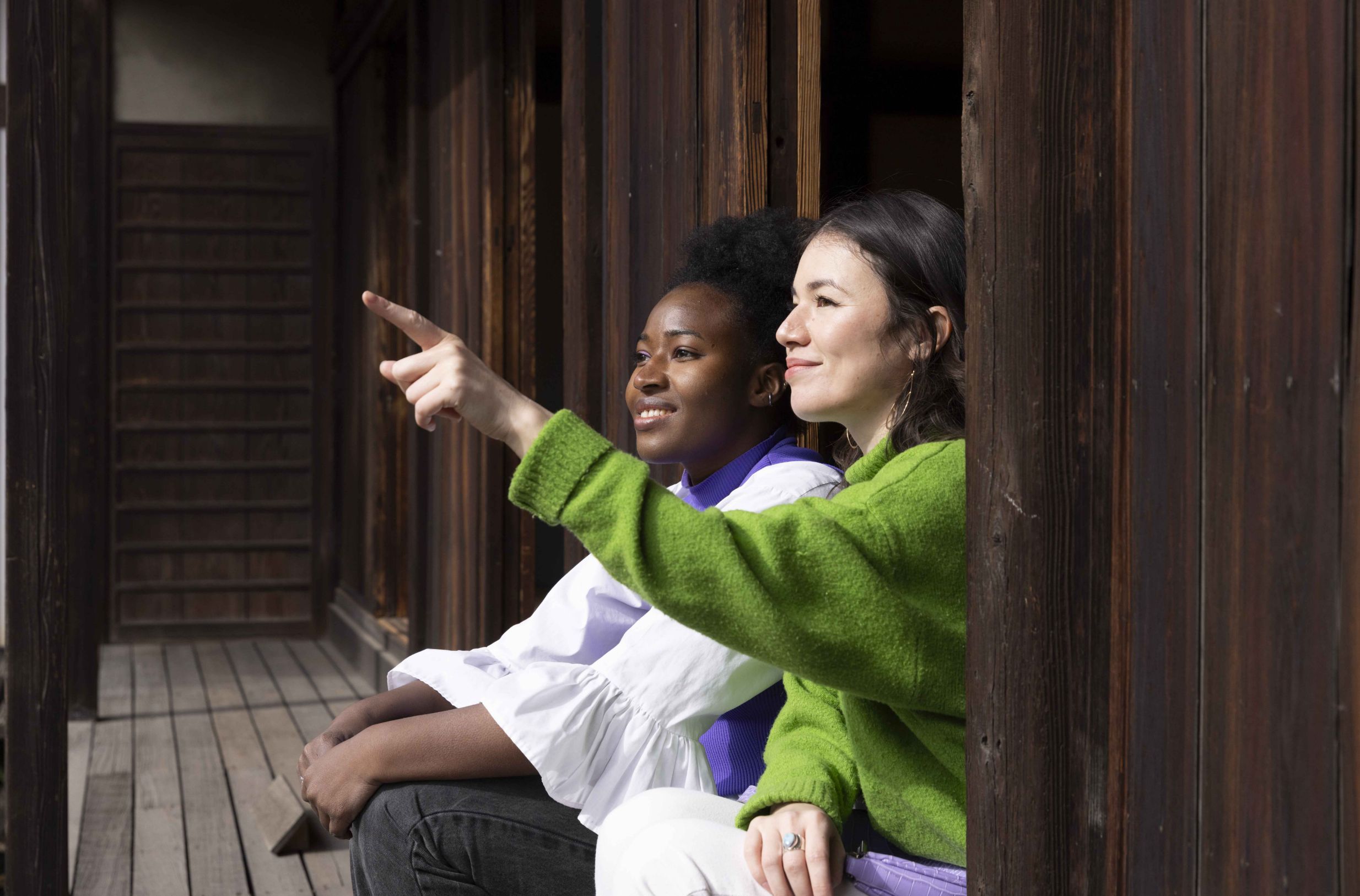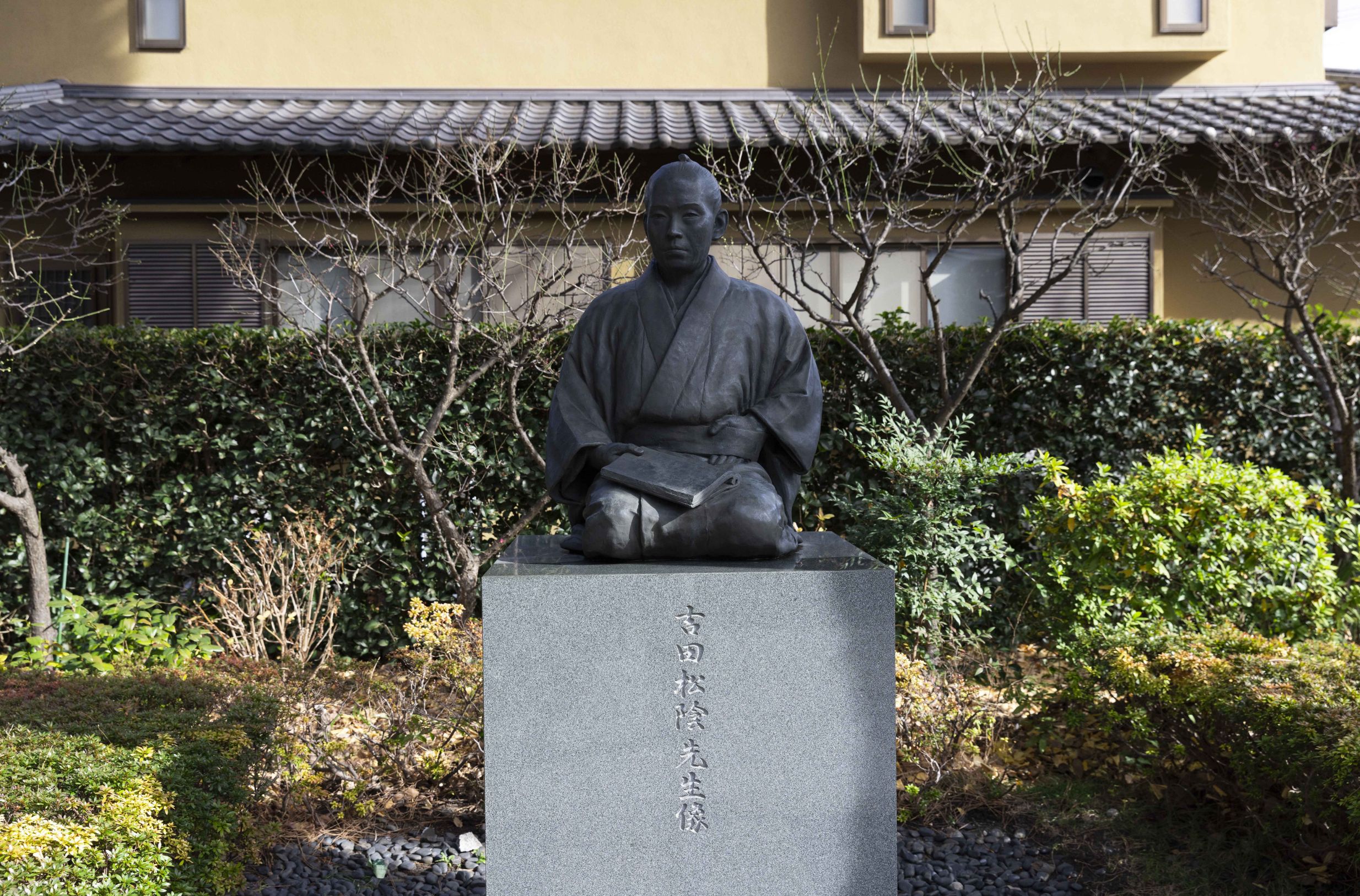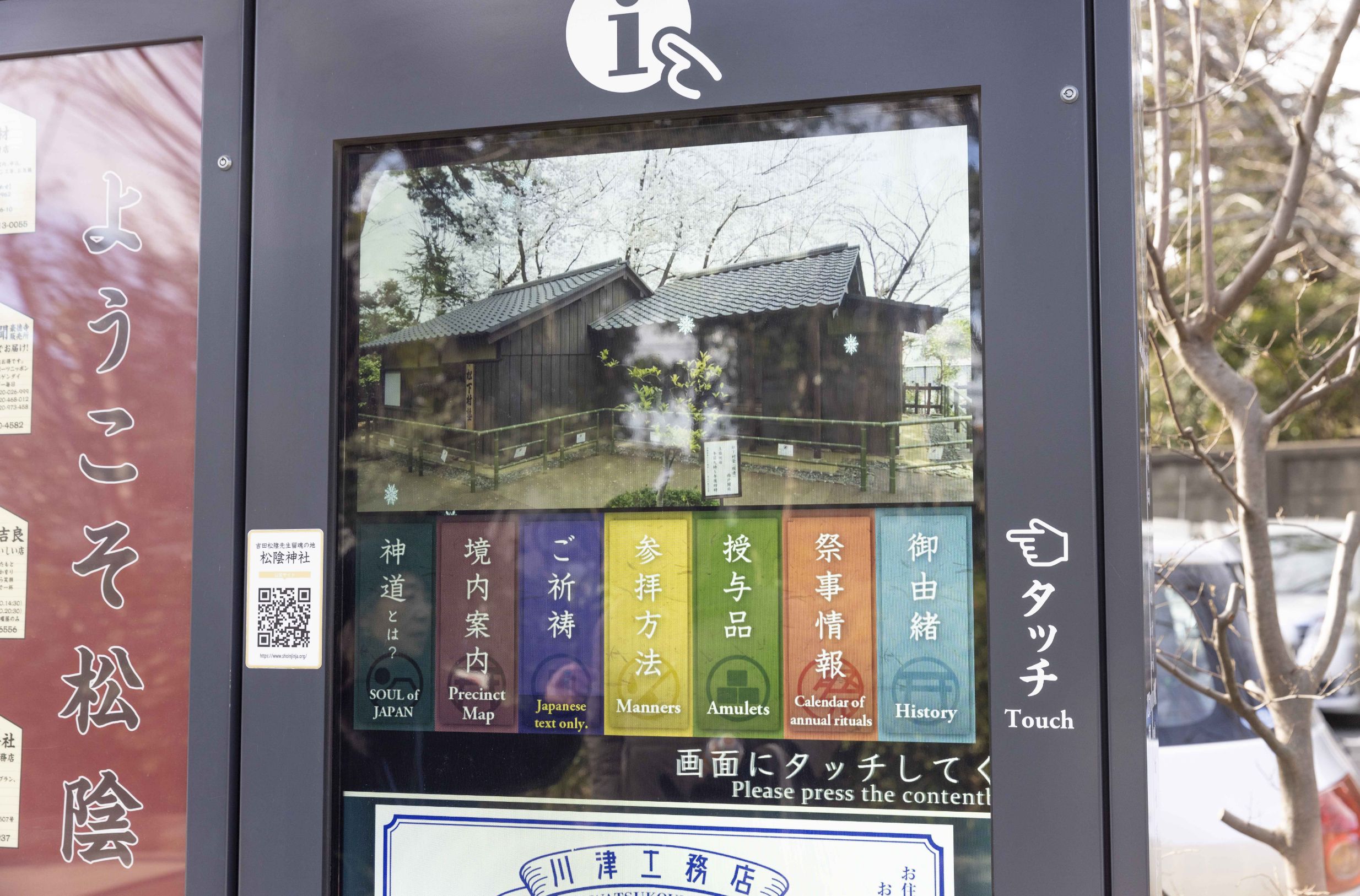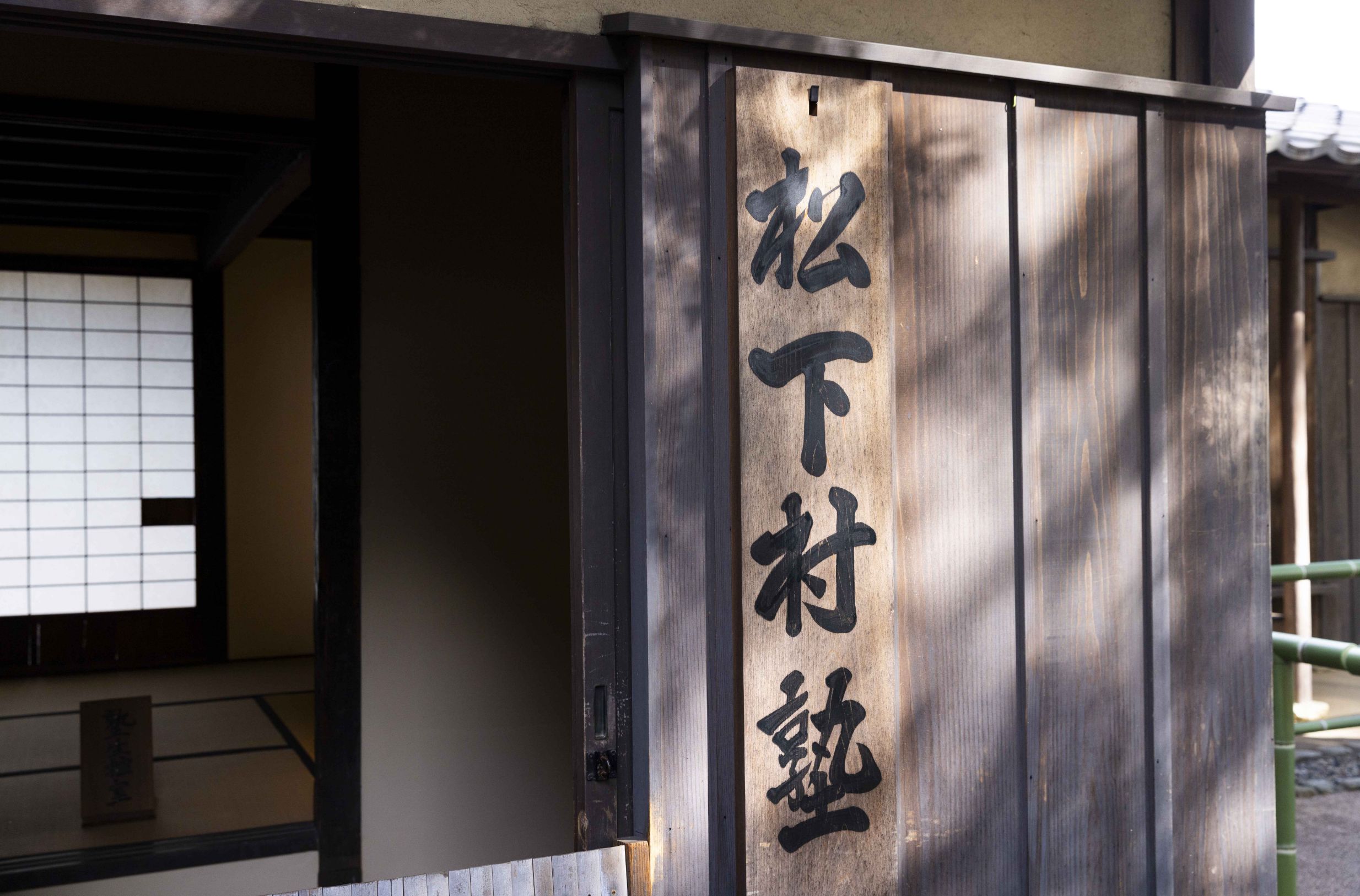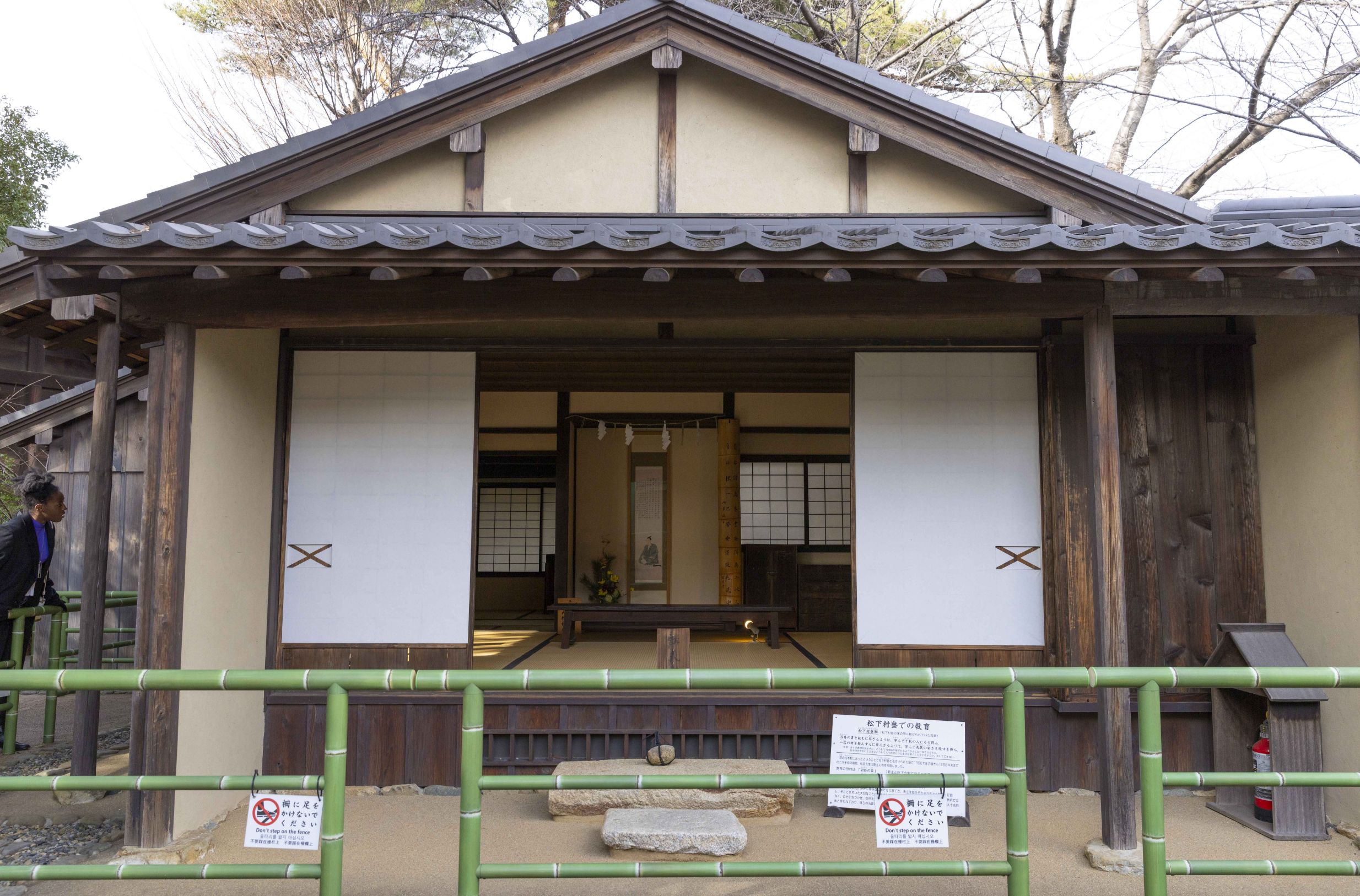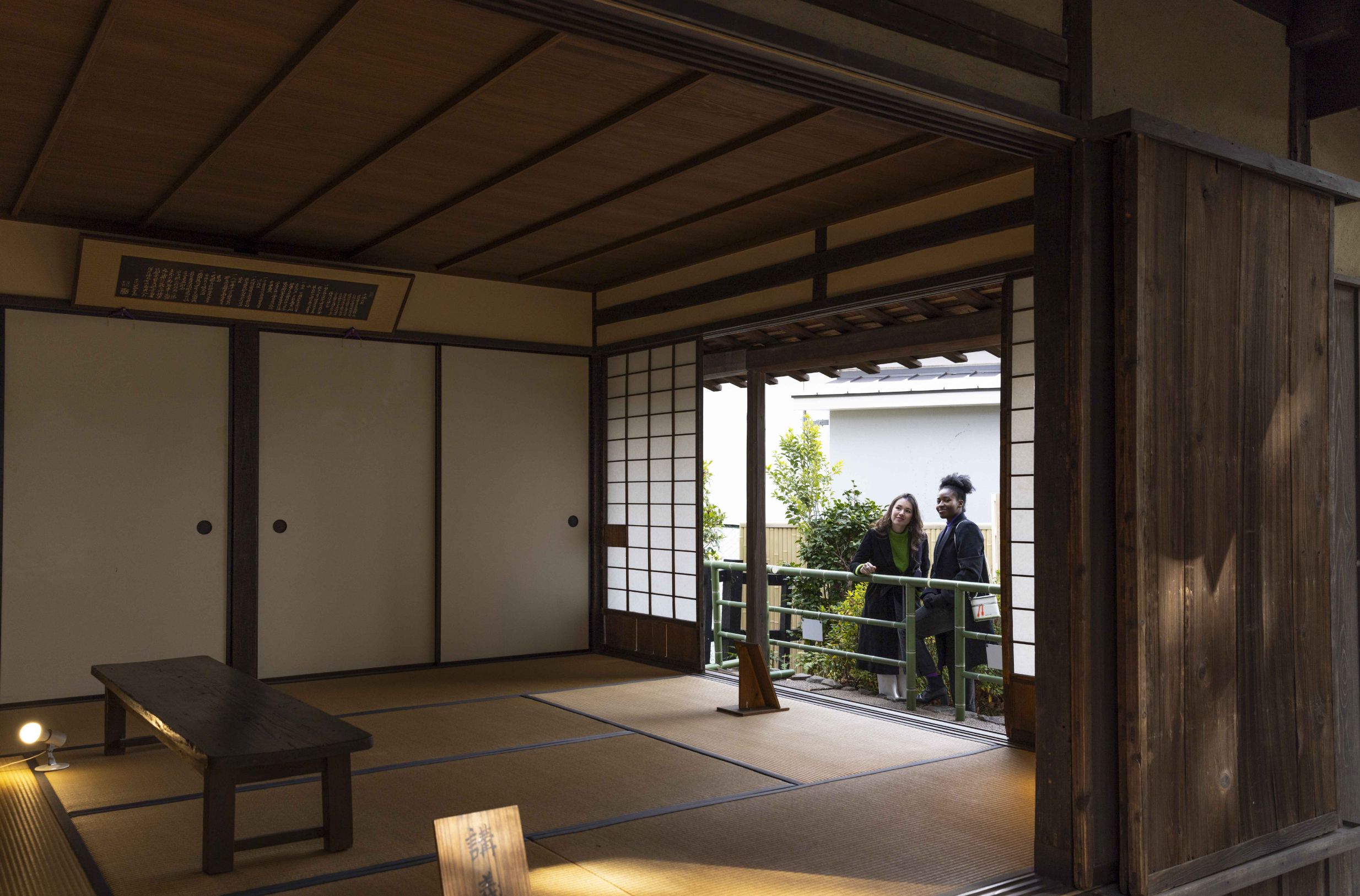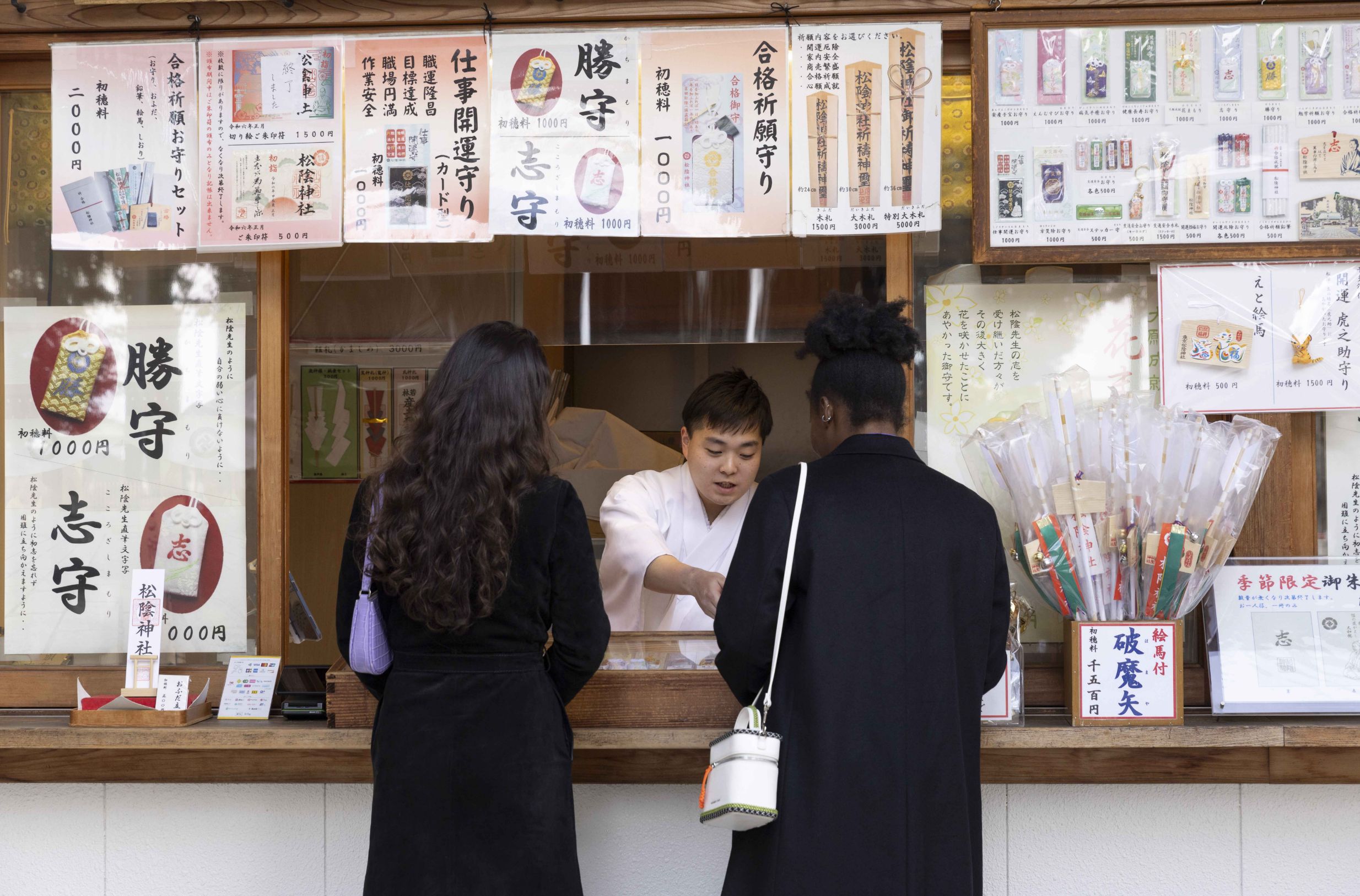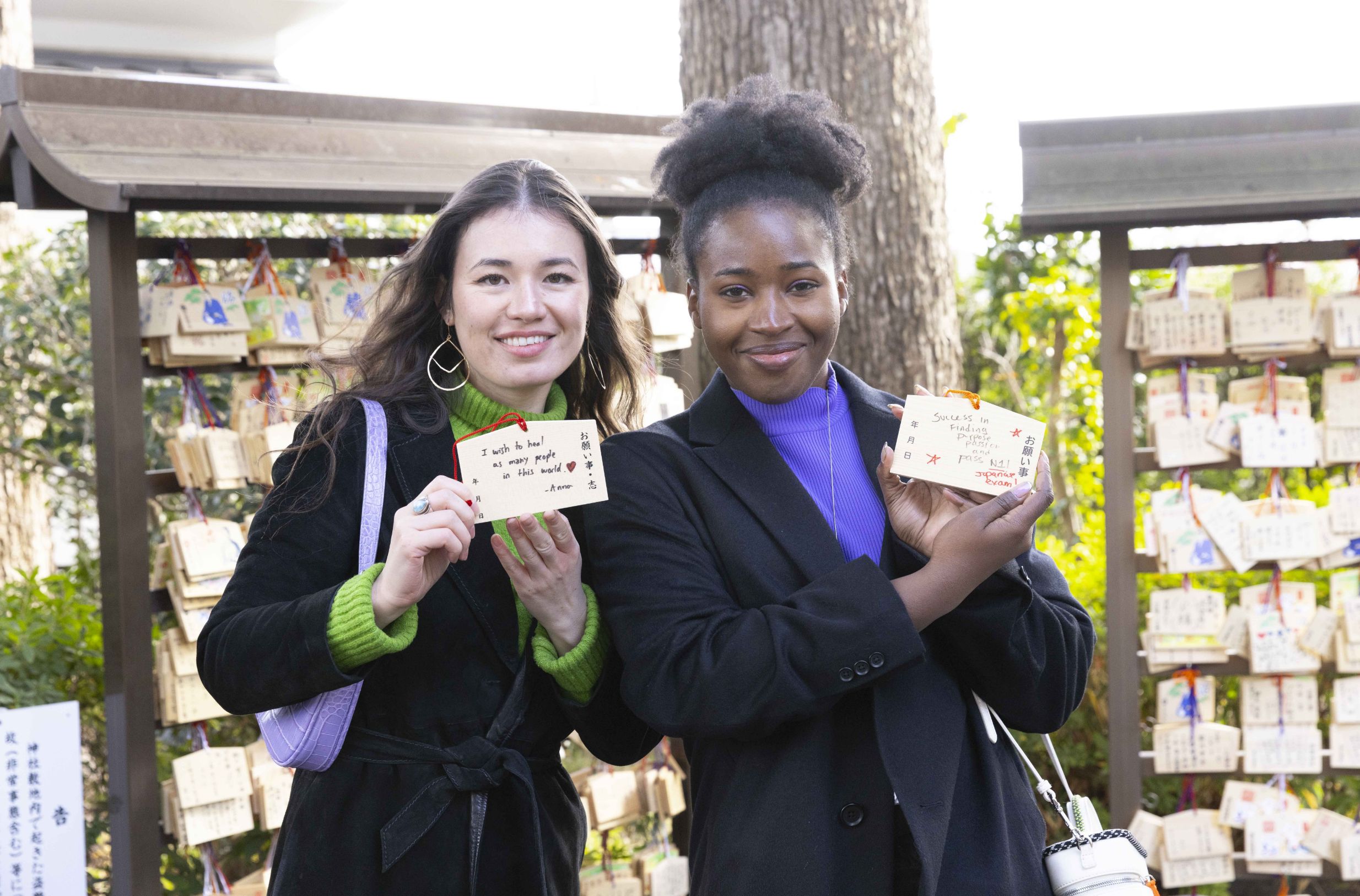Setagaya Historical Walking (Setagaya City)Visit Historic Sites and Shinto Shrines in the Quiet Residential Neighborhoods of Setagaya City
A visit to Setagaya-Hachiman Shrine near Miyanosaka Station on the Tokyu Setagaya Line. This is where we will embark on our historical walk.
As we start our journey, we find ourselves in Setagaya City, a sprawling residential area located near central Tokyo. Setagaya City is home to many cultural facilities such as art museums and libraries, as well as parks and popular shopping districts. It is also home to many Shinto shrines, with the Setagaya-Hachiman Shrine being one of them. Unlike some of the more frequented shrines in Tokyo such as the
Meiji Jingu in Shibuya, Setagaya-Hachiman Shrine is generally very quiet and peaceful, allowing visitors to take their time and enjoy the various facilities on the premises.
There is a sumo ring where ceremonial sumo matches are held. Step into the ring to feel what it’s like to be a sumo wrestler.
There is a sumo ring where ceremonial sumo matches are held. Step into the ring to feel what it’s like to be a sumo wrestler.
The history of Setagaya-Hachiman Shrine can be traced back to 1091, when Minamoto no Yoshiie, a samurai lord, was stranded in Setagaya due to heavy rains, instructed the worship of the deity Usa Hachiman as the guardian god of the area. The most interesting and unique feature of the shrine is the dohyo, or sumo wrestling ring, located just across the giant red torii gate at the entrance. It is said that Minamoto no Yoshiie and his men conducted sumo matches during their stay as a form of entertainment. This tradition continued as the shrine continued to host a sumo tournament on its grounds. During the annual Autumn festival, which takes place in mid-September, a ceremonial sumo match is held, followed by a ceremony in which the mikoshi (portable shrine) is paraded around the neighborhood before it is returned to the shrine. Various food vendors selling traditional Japanese street foods have their stalls set up in and around the shrine as well.
The sumo match and mikoshi scenes from the annual Autumn festival held every September.
The sumo match and mikoshi scenes from the annual Autumn festival held every September.
The sumo match and mikoshi scenes from the annual Autumn festival held every September.
A water basin with beautiful flowers floating in it. A Japanese and English display on how to purify your hands with water.
A water basin with beautiful flowers floating in it. A Japanese and English display on how to purify your hands with water.
At the entrance of the shrine, you can find a chozuya, a water basin where visitors can purify their hands and mouth. Each week, local florists dedicate discarded flowers as a sustainable method of decorating the chozuya.
Draw an "omikuji" fortune slip to see how your fortune will turn out.
You can also purchase an omikuji, a fortune slip available at the shrine that describes your fortunes for everything from your love life, business, travel, health, education, and so on. The omikuji that you can purchase in the precincts of the shrine are also written in English for your enjoyment.
Catch a glimpse into the life of a samurai during the Edo period (1603-1868) at the Setagaya Daikan Yashiki.
Among the many cultural facilities, one of the most fascinating is the Setagaya Daikan Yashiki, which was formerly the official governmental residence of the Oba family, whose members served as daikan (prefectural governor) for generations during the mid-Edo period (the Edo period:1603-1868). It is 3 minutes walk from Kamimachi Station on Setagaya Line and also a walking distance from Miyanosaka Station. Located in the middle of a quiet residential neighborhood, the building was designated a Tokyo Metropolitan Government designated Historic Site in 1952, and a National Important Cultural Property in 1978. It has undergone several renovations before being restored to its original appearance. The first thing you’ll notice about the building is its big, wooden, thatched roof. On the street in front of Setagaya Daikan Yashiki, “Boro-ichi”, a traditional flea market since 1578, is held on December 15th, 16th, January 15th, and 16th every year. Note that “Boo-ichi” is one of the largest flea market in Japan.
The Setagaya Daikan Yashiki uses the traditional Japanese thatched roofing technique.
The Setagaya Daikan Yashiki uses the traditional Japanese thatched roofing technique.
The Setagaya Daikan Yashiki uses the traditional Japanese thatched roofing technique.
The Setagaya Daikan Yashiki uses the traditional Japanese thatched roofing technique.
The residence is open to the public free of charge, allowing access up to the earthen floor in the entrance area. Here, you can see various tools, fixtures, and furniture that have been beautifully preserved.
Typically, entering indoor spaces is not permitted. However, during staffed hours from 13:00-16:00, visitors are allowed to explore the indoor spaces.
Please note that even during these staffed hours 13:00-16:00, access to indoor spaces may be restricted due to certain circumstances, such as events being held on the premises or during the hot summer months from June to September when staff may not be available.
Shoin-jinja Shrine is where Yoshida Shoin, who played an important role in the history of Japan, is enshrined.
For the final stop in Setagaya City, we are heading towards Shoin-jinja Shrine. Unlike many shrines in Japan that enshrine deities, Shoin-jinja Shrine is dedicated to the spirit of Yoshida Shoin, a samurai who was also one of Japan's most revolutionary intellectuals during the late Edo period. He was also credited with passing down his teachings to his students, many of whom would become important figures in the Meiji Restoration.
Bronze statue of Yoshida Shoin
Electronic touchscreen guide
After entering through the giant black torii gate, you’ll immediately notice a bronze statue of Yoshida Shoin on display, as well as an electronic touch-screen guide that provides information such as the shrine’s history, calendar of annual rituals, amulets, praying etiquette, and a map of the premises. Following his death, Yoshida Shoin was deified and became known as a god of academic success. As a result, Shoin-jinja Shrine is particularly popular among students who visit the shrine to pray for success before their entrance examinations.
A reproduction of the "Shokasonjuku Academy" is located within the precincts of the shrine.
A reproduction of the "Shokasonjuku Academy" is located within the precincts of the shrine.
A reproduction of the "Shokasonjuku Academy" is located within the precincts of the shrine.
At the back of the precincts of Shoin-jinja Shrine, there is a building that recreates the Shokasonjuku Academy, a private school in which Yoshida Shoin presided, and visitors can feel as if they have stepped back in time, reminiscing about some of the patriots who laid the foundations of modern Japan at the end of the Edo period.
Visitors can make a wish by writing down their wishes on a wooden plaque called an "ema" (votive tablets)and hanging them up.
Visitors can make a wish by writing down their wishes on a wooden plaque called an "ema" (votive tablets)and hanging them up.
There is also a wide range of “omamori” (amulets) available for purchase at the shrine, as well as “ema” (votive tablets), which are small wooden plaques on which people write prayers or wishes. For those wishing to experience the more traditional and historical side of Tokyo along with a spirit of adventure, Setagaya City offers a plethora of excellent options.
General information
Setagaya Hachiman Shrine
Setagaya Daikan Yashiki
- Business Hours: 9:00 - 16:30
- Address: 1-29-18 Setagaya, Setagaya-ku, Tokyo Map >
Shoin-jinja Shrine
Setagaya City Travel information
IF YOU WANT TO KNOW MORE!
Historical Sites
The GO TOKYO website provides travel information in a range of categories. Check it out to find other activities and outings similar to those we explore in these articles.

